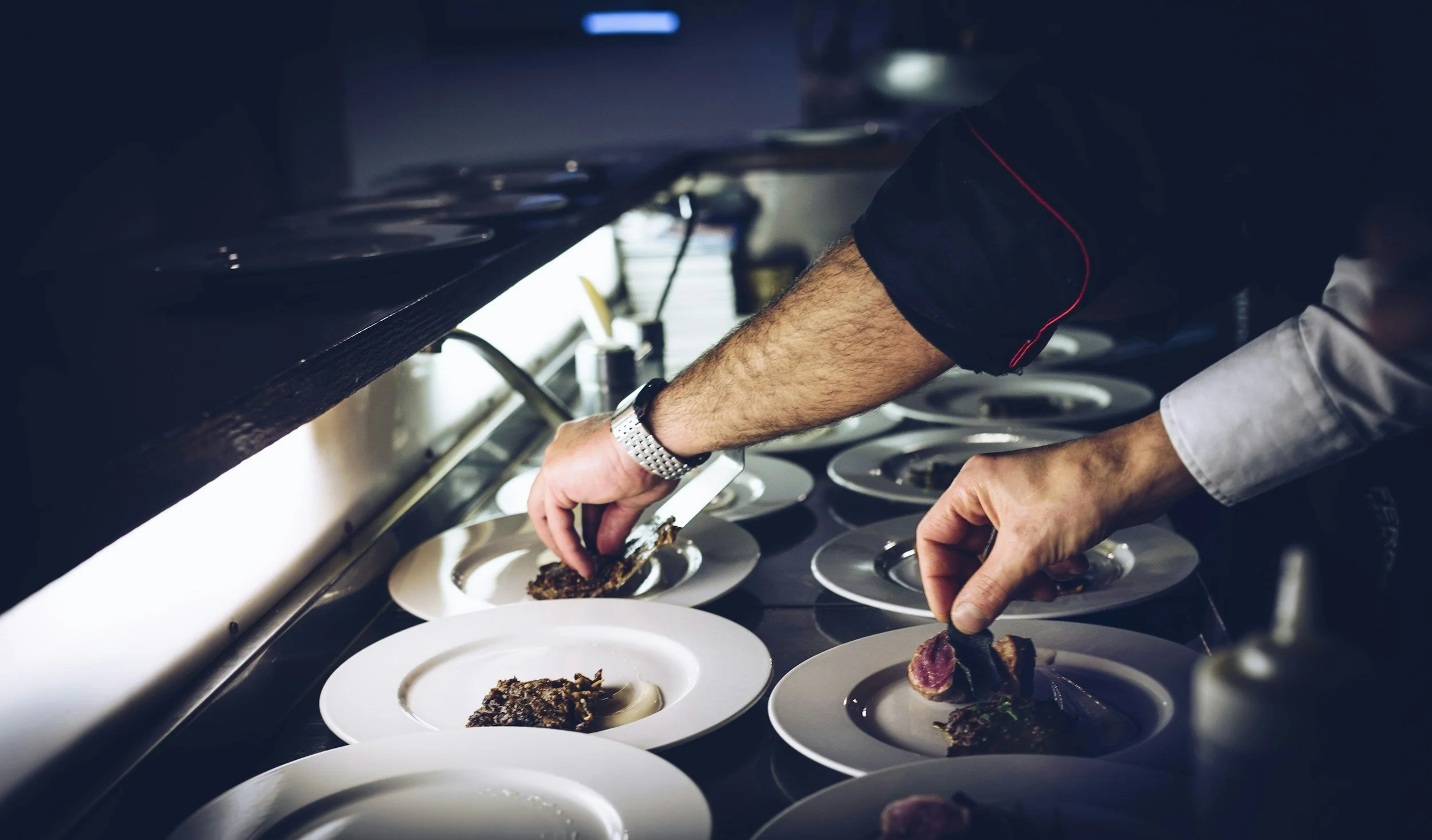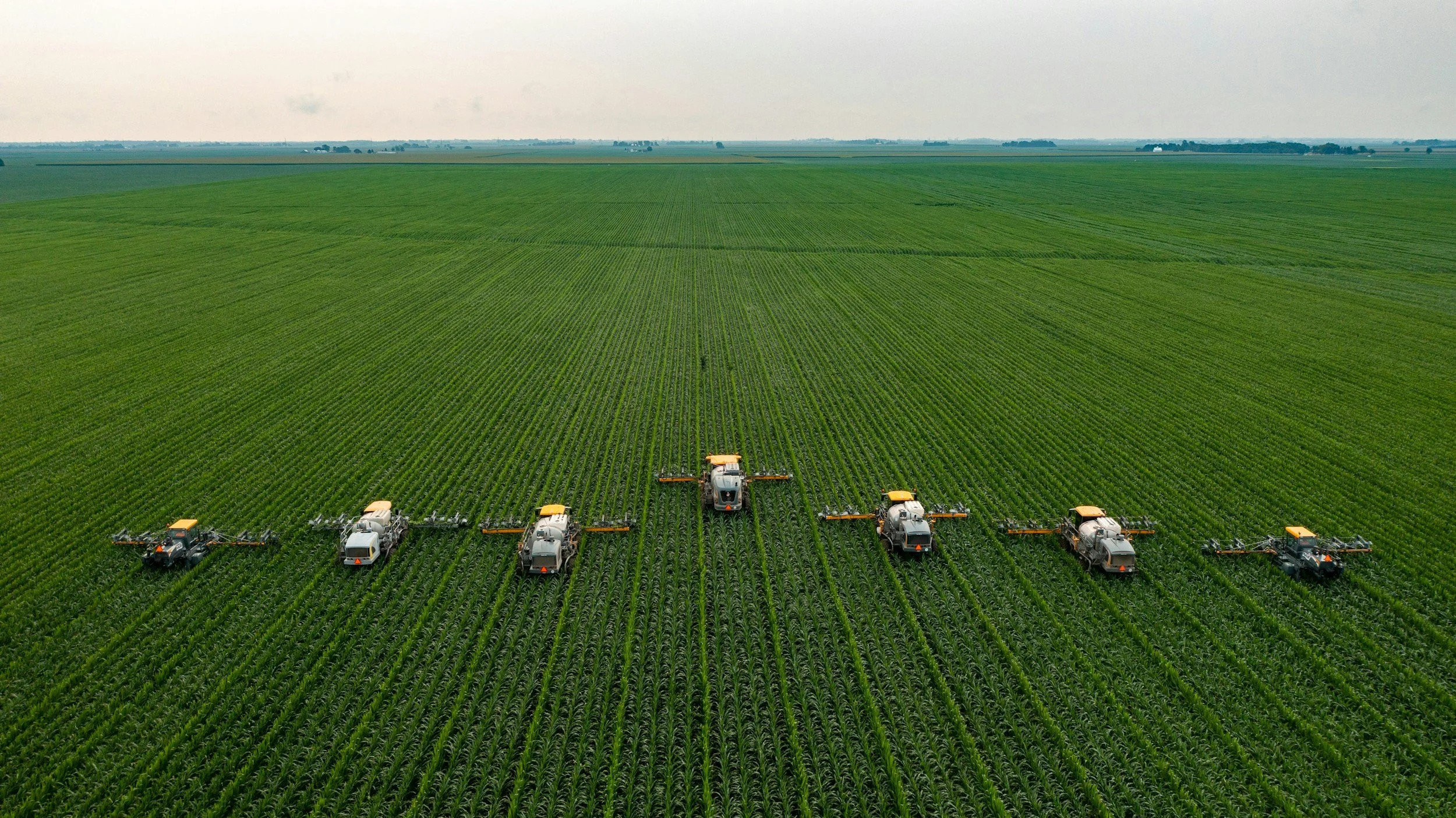Why Food Waste Management is Essential for a Sustainable Commercial Kitchen
/If you’ve spent more than a few months running a commercial kitchen, you already know this: food waste piles up fast. It’s not just a bag here and there. It’s bins of scraps, spoiled stock, and uneaten portions adding up every day. Without a solid plan to deal with it, that waste becomes more than just a trash problem. It starts affecting your costs, your staff, and the way your kitchen runs.
Commercial kitchens typically waste 4% to 10% of the food they purchase before it ever reaches the customer's plate, leading to significant financial losses. About 16% of U.S. food waste occurs on farms, often due to strict cosmetic standards imposed by buyers, resulting in perfectly edible produce being left unharvested. This interconnected waste highlights the importance of meticulous inventory management and flexible purchasing practices in commercial kitchens to reduce overall food waste.
Many kitchens stay focused on speed and service, which means waste doesn’t always get attention. But ignoring it won’t make it go away. Spoiled produce leads to lost money. Overflowing bins drive up collection fees. A messy back area can even raise health concerns.
That’s why every commercial kitchen needs a food waste plan. It’s not just smart. It’s part of running a responsible, sustainable business.
Start By Paying Attention
You can’t cut waste if you don’t know where it’s coming from. Take a closer look at your prep steps, portion sizes, and how often food gets thrown out. You might notice certain items going bad every week or plates coming back with the same uneaten food. These signs show you where to make changes.
Also, check how your deliveries match your usage. Overstocking, especially fresh produce, leads to waste. Even how your team trims or portions food during prep can cause waste over time. A simple waste log or daily checklist helps you track what’s being tossed. Once you can see it, you can start fixing it.
Reducing waste means fewer ingredients are wasted, fewer orders are rushed, and your kitchen becomes more efficient. And when less goes into the trash, your business becomes more sustainable.
Use The Right Tools
Handling waste better also means using better equipment. Not everything has to end up in a trash bin. Food scraps can be managed on-site with efficient garbage disposals, which help keep the kitchen cleaner and reduce odors. A trusted brand like InSinkErator makes models that stand up to heavy use and help streamline cleanup.
With fewer bins to haul out, your team moves faster and spends less time dealing with a mess. That makes a difference, especially during busy service hours. Good tools don’t just speed things up. They improve safety by cutting down on spills and clutter. They also reduce the chance of pests, which are drawn to food waste sitting around.
These tools also support environmental goals, such as reducing food in landfills, which means fewer greenhouse gases are released. This is one way your kitchen can support sustainability goals without slowing down your team.
Bring The Team In
No plan works without your staff. Talk to them about why reducing food waste matters. Yes, it saves money, but it also makes the kitchen cleaner, safer, and more efficient. When everyone is on board and has the right tools, it’s easier to build new habits.
Let staff give input. Ask which tasks feel wasteful or frustrating. Thank people who help cut down waste, even in small ways. Train new hires to think about waste from day one. When waste reduction becomes part of the routine, it sticks.
By connecting your team’s efforts to bigger goals, like running a more sustainable kitchen, you give their work more meaning.
Guests Notice More Than You Think
Even if customers don’t see what happens in the kitchen, they notice when things run well. A kitchen that handles waste properly often serves food more consistently. It feels cleaner and better organized. These things leave a mark.
Some guests ask about food waste or composting. Others notice how fresh the food feels or how clean the place smells. These things reflect your behind-the-scenes work.
People care about sustainability. They want to support businesses that care too. If your team is working toward better waste practices, talk about it online, on your menu, or in casual chats with regulars. It builds trust and shows that you care beyond the plate.
Regulations and Sustainability Goals Are Catching Up
More places now have rules about how food waste must be handled. Some areas require kitchens to sort organic waste or reduce landfill use. Without a plan, staying compliant can be tough.
But if you plan ahead, you stay ahead. It shows that your kitchen is responsible and forward-thinking. If you are aiming for certifications or corporate goals tied to sustainability, managing food waste is almost always part of the checklist. Waste tracking and smarter disposal help your business stay ready for the future.
If your business is aiming for any sustainability certifications or wants to meet corporate responsibility goals, waste tracking and reduction is usually part of the checklist.
Waste Has a Price
Every wasted ingredient costs more than you think. It’s not just the item itself. It’s the storage, the prep, the labor, and the cost of getting rid of it. These costs grow fast.
Managing food waste protects your profits. You don’t have to cut corners on quality. You just have to stop throwing money away.
It’s not about being perfect. It’s about noticing the problems, fixing what you can, and creating good habits. That leads to a better kitchen and a more sustainable business.
Final Thoughts
Food waste isn’t just part of the job. It’s something you can take control of. With a few smart changes, you’ll see the difference in how your kitchen runs, what it costs, and how people feel working there. Start small. Build a plan that fits your kitchen. And remember, cutting waste helps more than just your bottom line. It helps the planet too.
About the Author:
John Smith is a dedicated writer with a keen interest in modern farming techniques and sustainable agriculture. With a background in agricultural studies, John explores innovative methods that enhance productivity and sustainability in farming. His articles aim to inform and inspire readers about the benefits of adopting new technologies in agriculture.
You may also be interested in…










































If you’ve spent more than a few months running a commercial kitchen, you already know this: food waste piles up fast. It’s not just a bag here and there. It’s bins of scraps, spoiled stock, and uneaten portions adding up every day. Without a solid plan to deal with it, that waste becomes more than just a trash problem. It starts affecting your costs, your staff, and the way your kitchen runs.